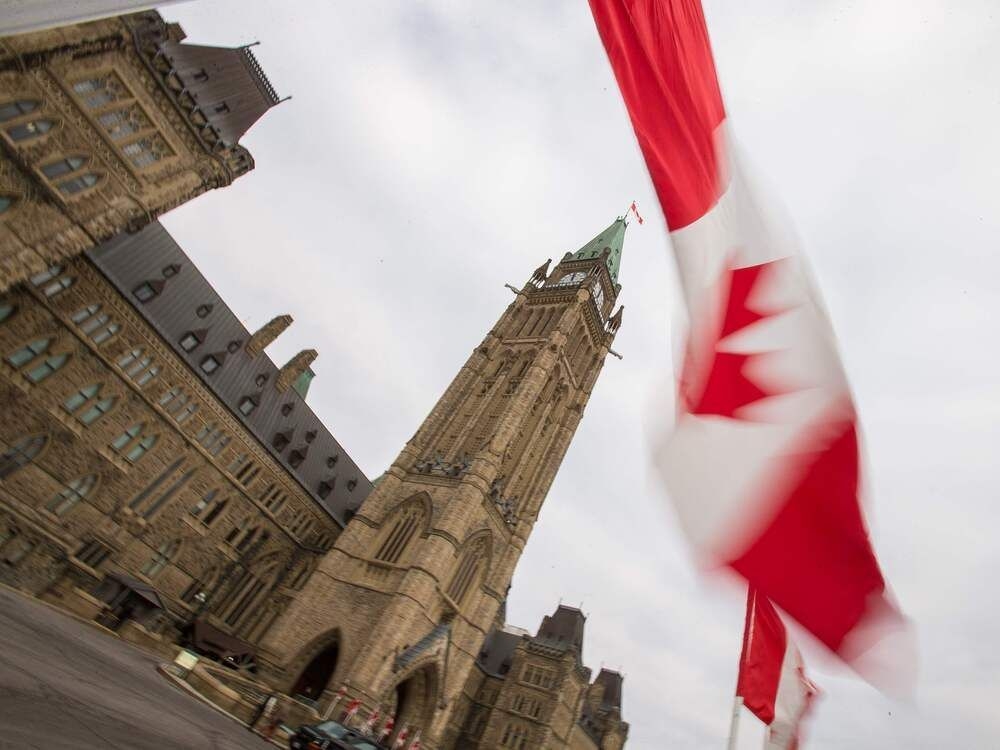A quiet crisis is unfolding within Canada’s borders. Over three million individuals currently reside in the country, navigating life on temporary permits – some valid, others expired – caught in a limbo between welcome and uncertainty.
A growing chorus of voices is demanding change, arguing that current government communication is frustratingly unclear. A recent petition powerfully asserts the need for Canada to establish definitive timelines and realistic routes to permanent residency for those already deeply invested in the nation’s fabric.
The core of the appeal lies in fairness and recognition. The petition urges the government to enact a national policy offering transparent and predictable pathways to permanent residency for temporary residents who are actively contributing to Canadian society, diligently paying taxes, and proving essential to the nation’s businesses.

Crucially, the petition emphasizes a vital point: these individuals are not the source of the problem. It calls for Parliament to allocate resources to support temporary residents facing the anxieties of precarious status, and to prioritize their futures over continually expanding new immigration intakes.
Internal government documents reveal the scale of the situation. A briefing note from May detailed that, as of the start of 2025, Canada’s non-permanent resident population stood at over three million – a number representing a significant portion of the country’s overall population.
The government has responded with proposed cuts. The recent budget outlined a substantial reduction in new permits for both foreign students and migrant workers, aiming to decrease admissions from over 673,000 this year to 385,000 by 2026, and further to 370,000 in 2027.
This shift in policy is framed as a regaining of control over the immigration system. However, it leaves the fate of the millions already within Canada’s borders hanging in the balance, fueling anxieties and demanding a more compassionate and decisive response.
The debate highlights a fundamental question: how does a nation balance its immigration goals with the realities and contributions of those already striving to build a life within its communities?





